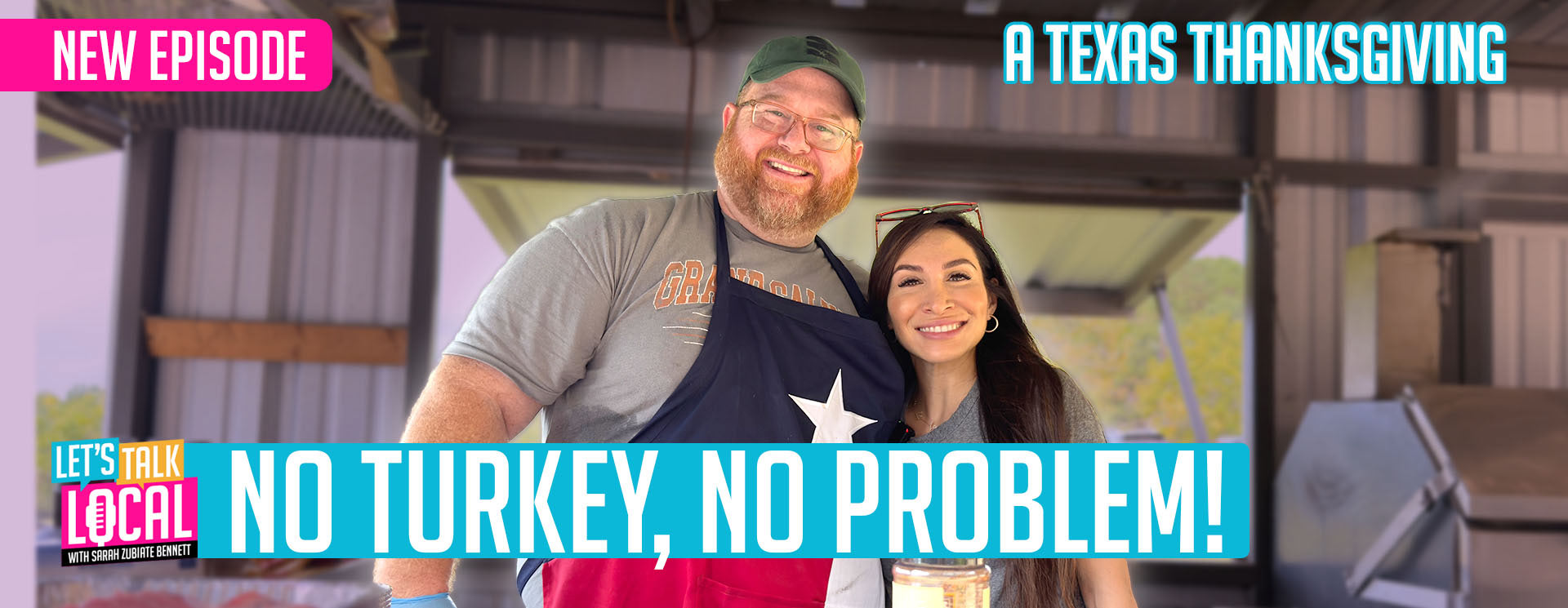As federal food assistance hangs in the balance, households headed by illegal aliens stand out as some of the heaviest users of taxpayer-funded welfare programs.
A recent re-publication from the Center for Immigration Studies (CIS) highlights that the government shutdown, which threatens federal funding for the Supplemental Nutrition Assistance Program (SNAP) and the Women, Infants, and Children (WIC) program, could particularly impact illegal aliens.
CIS’s 2023 analysis of government survey data found that 59% of households led by illegal aliens rely on at least one major welfare program, including food assistance, cash support, Medicaid, and housing programs.
Food programs are especially prevalent: 48% of households headed by illegal aliens participate in SNAP, WIC, or school lunch/breakfast programs, with 17% enrolled specifically in SNAP, according to the analysis.
“Illegal immigrants can receive welfare on behalf of U.S.-born children, and illegal immigrant children can receive school lunch/breakfast and WIC directly. A number of states provide Medicaid to some illegal adults and children, and a few provide SNAP,” the analysis stated.
In a November 3 press release announcing the re-publication of the data, one of CIS’s most well-known scholars said that aliens frequently access social services.
“These results highlight a broader challenge,” Dr Steven A. Camarota, PhD, the Center’s Director of Research and co-author of the analysis, said. “Once low-income immigrants settle in the United States, it becomes exceedingly difficult to prevent their use of the welfare system. This situation also raises important policy questions – particularly whether it makes sense to have an immigration system that admits so many people who turn to taxpayers to support their children.”
The data show that immigrant-headed households, particularly those led by illegal aliens, make significantly higher use of food and welfare programs than U.S.-born households. Even when excluding WIC and school meal programs, 46% of all immigrant households still rely on at least one major welfare program, compared to 33% of U.S.-born households.
Some reports suggest that the typical SNAP user receives more money for groceries and spends it more quickly than the typical non-SNAP user. In fact, 86% of the time SNAP users exhaust their benefits before the end of the month, a recent Numerator analysis found, despite the amount these recipients have to spend on groceries averaging 20% more than non-SNAP shoppers, per the Numerator shopper scorecard.
Welfare programs face renewed scrutiny as Americans navigate a particularly tense political climate. Texas food banks are already preparing for a surge in demand amid uncertainty over SNAP payments. The Houston Food Bank, which serves 10 counties and more than 366,000 SNAP households, is ramping up emergency distributions in anticipation of lapses in federal aid. Similarly, Catholic Charities of Dallas is coordinating with local parishes and the North Texas Food Bank to expand drive-thru pantries and increase volunteer support, according to The Dallas Express.
The uncertainty stems from ongoing federal gridlock. Funds for SNAP were originally scheduled to run out on November 1, but federal courts have ordered the USDA to tap contingency funds to temporarily maintain SNAP payments. However, the exact implementation remains unclear, leaving local food banks to brace for a potential surge in demand.
White House Press Secretary Karoline Leavitt told reporters during a briefing on November 4 that the administration was “fully complying” with the federal ruling and was working to get partial SNAP payments “out the door as much as we can and as quickly as we can,” per The Hill.
In practice, using USDA contingency funding to pay SNAP recipients, without additional congressional appropriations, would be a temporary fix. There is reportedly $5 billion in the contingency fund, but the monthly cost of SNAP is around $9 billion.
As the Texas food distribution network prepares for the fallout, questions about the role of undocumented immigrants in welfare usage are reigniting debates about immigration policy and taxpayer-funded programs. With WIC and SNAP funding expiring amid federal uncertainty, the next few weeks will test the resilience of both the state’s charitable infrastructure and federal programs.


